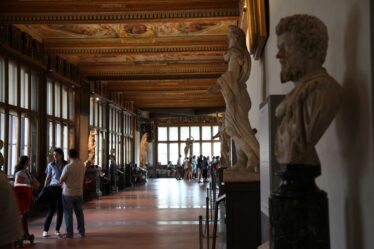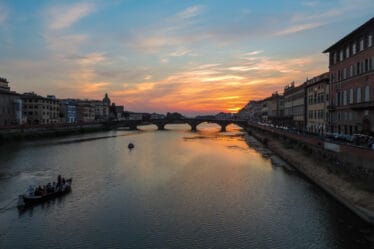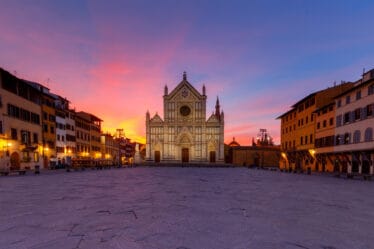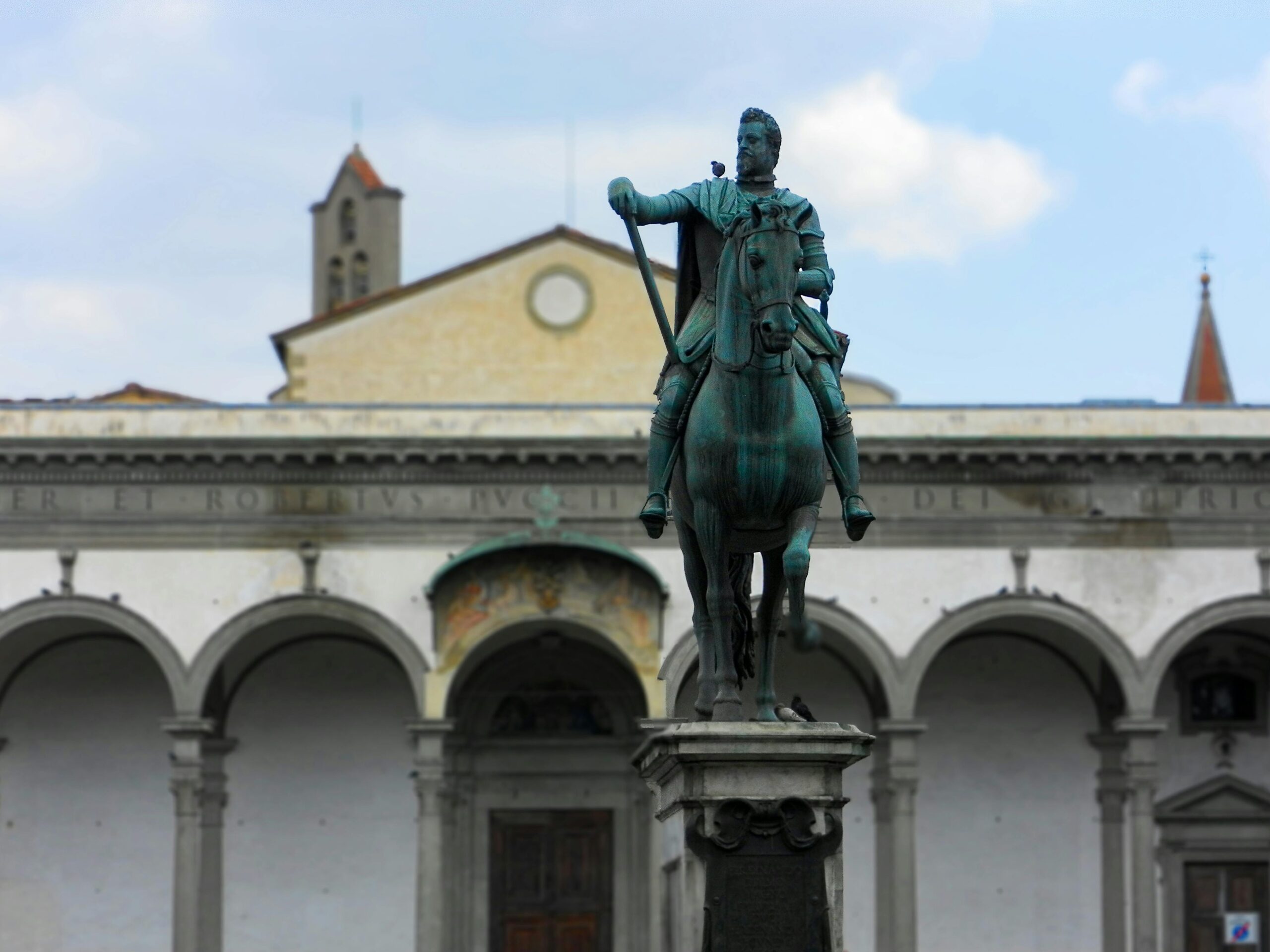
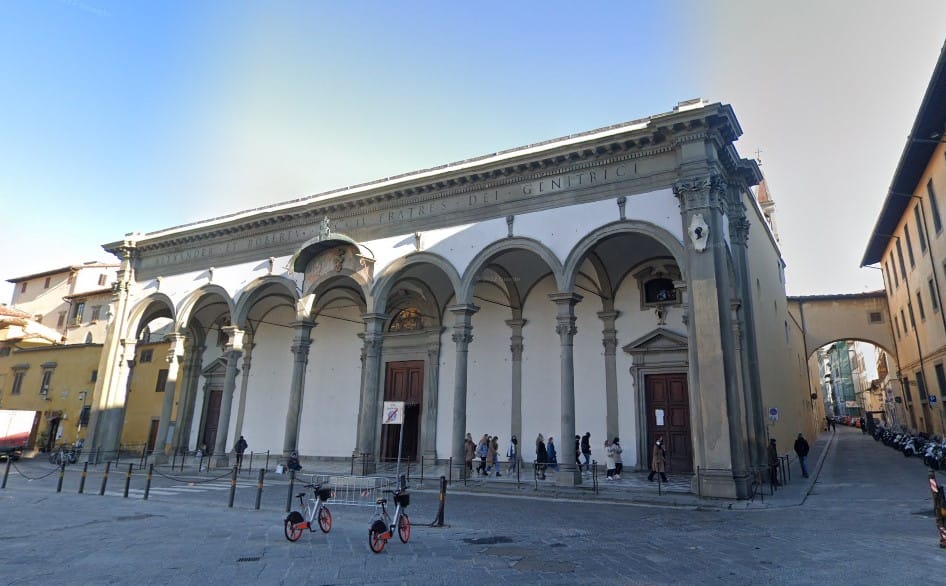
The Historical Origins of Via Laura: From “Verzura” to “Laurenziana”
Located in Florence, Via Laura was once known as “Verzura” street, a name inspired by the vegetable gardens that lined its perimeter. With the construction of Palazzo della Crocetta—now the Florence Archaeological Museum—by Lorenzo the Magnificent, the street was renamed “Via Laurenziana.” This historical transformation has left Via Laura steeped in Florence’s Renaissance heritage, though much of it remains hidden from public view.
Sister Domenica del Paradiso and the Dominican Convent of Via Laura
Adjacent to Via Laura, the influential Sister Domenica del Paradiso invested 12,000 florins to establish a Dominican convent, despite differences with fellow Dominican Girolamo Savonarola. Through her wisdom and dedication, she gained the support of Florence’s elite families and scholars, who favored her perspective on faith. This convent, which once stood where the University of Training Science is today, houses fascinating historical remains that hint at its storied past.
The Lost Church of the Convent: Hidden Remains Inside Florence’s University
The convent’s original church, now partially preserved within the Aula Magna at the University of Training Science, offers glimpses of its former glory. These hidden remnants provide a unique look into the past for those who know where to look, allowing visitors to step back into Florence’s religious and architectural history.
The Frescoes of the Former Hotel Morandi: Rare Artworks by Alfonso Boschi
Inside the former Hotel Morandi, visitors can still find traces of the convent’s rich artistic heritage. On the upper floors, frescoes by 17th-century artist Alfonso Boschi depict scenes from the life of Sister Domenica del Paradiso, while columns from the cloister’s loggia remain visible in the hotel reception area. Though a special permit allowed the photographing and filming of this fresco and room, public access remains limited, as the room is part of a private hotel space.

The Uncertain Future of Florence’s Hidden Frescoes
The new owners of the former Hotel Morandi plan to transform parts of the cloister into a private apartment, while the fate of the frescoes on the upper floors is still undecided. Art enthusiasts and historians alike hope these captivating works will one day be open to the public, allowing Florence’s hidden artistic legacy to be appreciated by a broader audience.
Preserving Florence’s Hidden Art and History for Future Generations
Florence’s Via Laura and the frescoes of Sister Domenica del Paradiso represent a “small casket of art,” largely unknown to the public. By making these hidden treasures accessible, Florence could add yet another layer to its rich tapestry of cultural and historical heritage.

